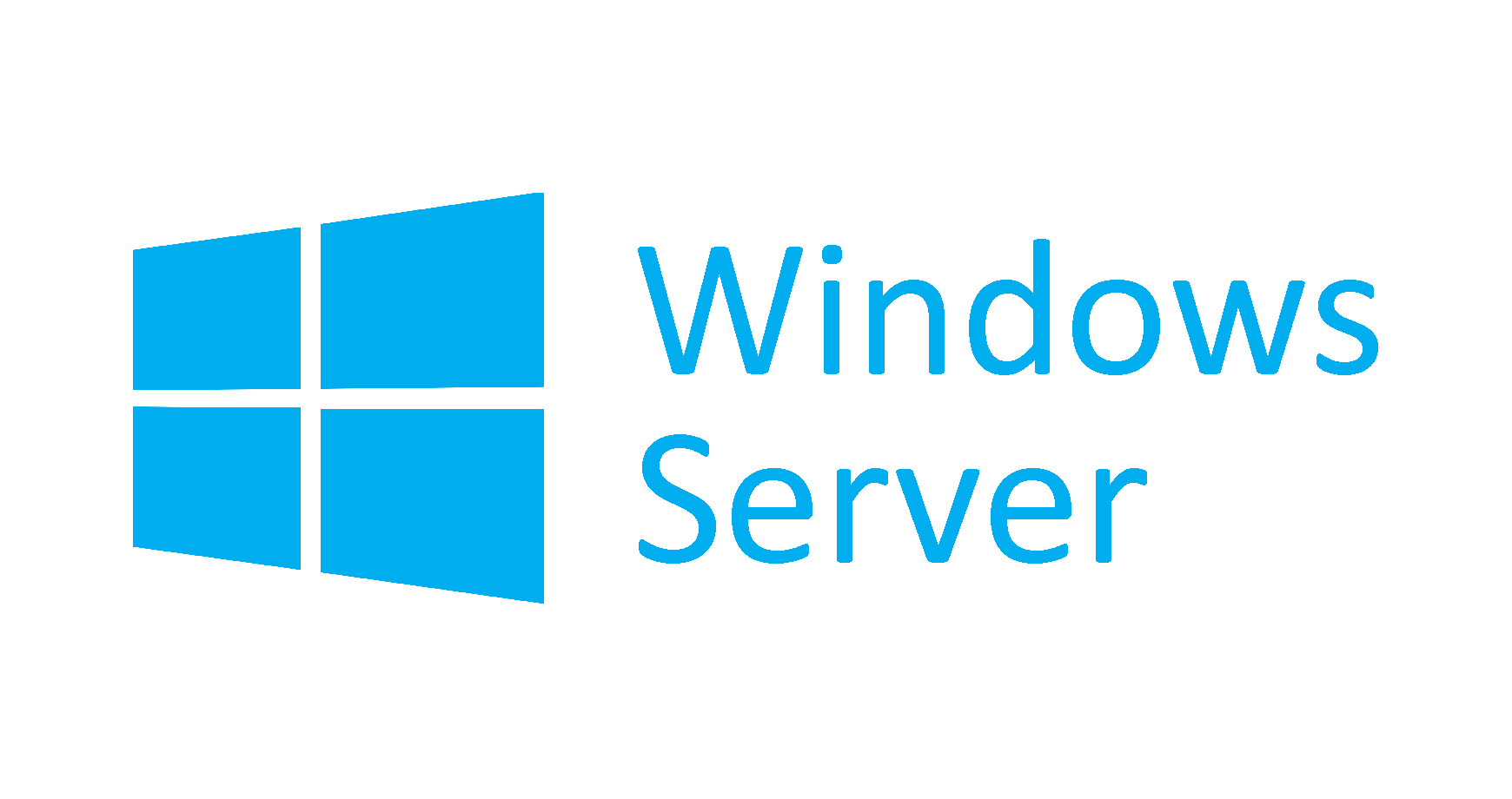Description
Who should attend
This course is intended for IT professionals who have some networking knowledge and experience and are looking for a single course that provides insight into core and advanced networking technologies in Windows Server. The audience typically includes:
- Network administrators who are looking to reinforce existing skills and learn about new networking technology changes and functionality in Windows Server.
- System or Infrastructure Administrators with general networking knowledge who are looking to gain core and advanced networking knowledge and skills on Windows Server.
Prerequisites
In addition to professional experience, students who attend this training should already have the following technical knowledge:
- Experience working with Windows Server
- Knowledge of the Open Systems Interconnection (OSI) model
- Understanding of core networking infrastructure components and technologies such as cabling, routers and switches
- Familiarity with networking topologies and architectures such as local area networks (LANs), wide area networks (WANs) and wireless networking
- Some basic knowledge of the TCP/IP protocol stack, addressing and name resolution
- Experience with and knowledge of virtualization
- Hands-on experience working with the Windows client operating systems such as Windows 10 or Windows 11
Course Objectives
- Plan and implement an IPv4 network.
- Implement Dynamic Host Configuration Protocol (DHCP).
- Implement IPv6.
- Implement Domain Name System (DNS).
- Implement and manage IP address management (IPAM).
- Plan for remote access.
- Implement DirectAccess.
- Implement virtual private networks (VPNs).
- Implement networking for branch offices.
- Configure advanced networking features.
- Implement Software Defined Networking.
Course Content
- Planning and implementing an IPv4 network
- Implementing DHCP
- Implementing IPv6
- Implementing DNS
- Implementing and managing IPAM
- Remote access in Windows Server
- Implementing DirectAccess
- Implementing VPNs
- Implementing networking for branch offices
- Configuring advanced networking features
- Implementing Software Defined Networking


